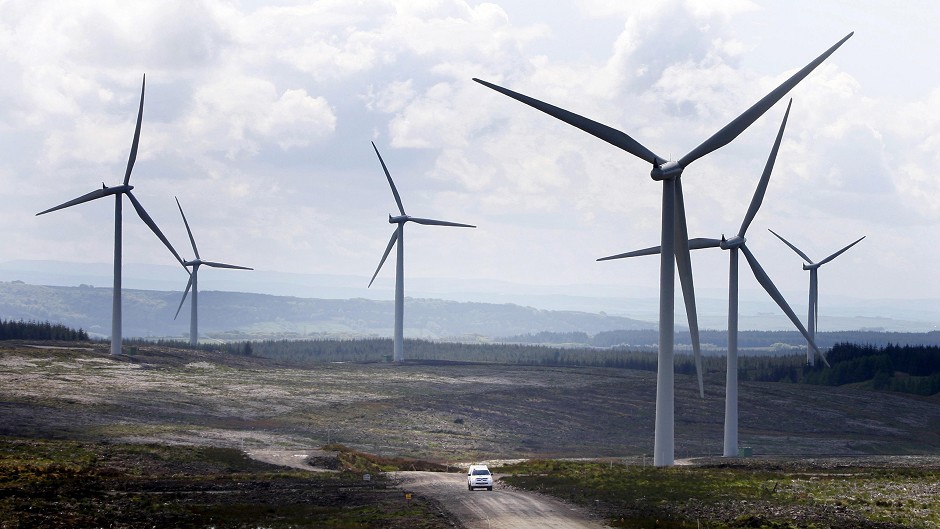Future policy on windfarms encircling Loch Ness could be shaped by politicians in Edinburgh.
Campaigners locally and across the world have opposed the proliferation of giant turbines on hillsides around the iconic loch, backing a petition and demanding that politicians draw a line.
The Scottish Parliament Petitions Committee will examine evidence from an inquiry it initiated in response to the petition, which asked for the surrounding hills and the Great Glen to be protected from more than 500 turbines and vast network of access tracks already built or proposed.
The committee has asked Highland Council, the Scottish Government, Scottish Natural Heritage, trade body Scottish Renewables and the John Muir Trust wild land charity to comment on the petition.
Campaigners have pressed for the area to be awarded World Heritage status.
The “Save Loch Ness and the Great Glen” petition was organised by campaign group Friends of the Great Glen.
Spokesman James Treasurer said yesterday that he welcomed the consultees’ responses.
He claimed their input confirmed that there is currently “inadequate protection” for the area.
“It is under threat from extensive windfarm development and none of the planning authorities has suggested a way forward to protect the area,” he said.
His organisation contends that the proliferation of major windfarms within close reach of Loch Ness will “degrade and destroy the spectacular landscape and beauty of the area.”
Loch Ness has been central to a fierce debate about the potential impact of giant turbines on lifeline Highland tourism.
Organisations including the Mountaineering Council of Scotland and local group Stop Turbines At Glenurquhart (Stag) claim there is indisputable evidence that tourists will turn their backs on the north because of windfarms.
Stag recently revealed its own survey of more than 500 people, which found that 82% felt windfarms left the Highlands less attractive for holidaymakers.
However Energy and Tourism Minister Fergus Ewing argued last week that tourist numbers had increased despite the growth in turbine numbers.
He argued that there were 15.7million overseas and domestic visits last year – up 10% on 2013.
